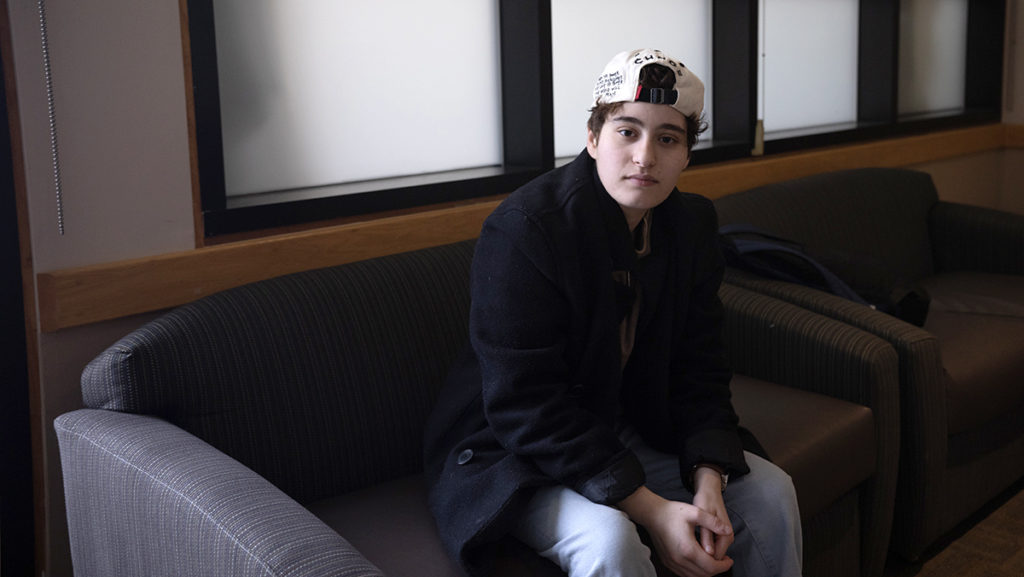Editor’s Note: This is a guest commentary. The opinions do not necessarily reflect the views of the editorial board.
The United States has experienced more than 50 mass shootings in January 2023, resulting in more than 100 lives lost. The epidemic of gun violence continues to ravish communities, year after year, as society remains numb.
The Problem
2018: I was working for March For Our Lives in New York, organizing gun violence prevention events, when a woman came up to me, hugged me, and said, “Thank you.” I learned later that day that the woman was the grandmother of a young girl whose life was stolen by an act of gun violence.
The problem is that in many news stories, that young girl was just one of the 100 people each day that are killed by gun violence in the United States. She was just one of the 39,740 people killed in 2018. She was another victim, another statistic, another talking point.
To her grandmother, she was everything, and then she was gone. That interaction continuously serves as a reminder that the epidemic of gun violence is not about statistics and politics, it is about humanity.
2019: On March 24, at a one-year anniversary event for March For Our Lives, I had the honor of speaking with a group of students who, like myself, are a part of the lockdown generation. They asked me one simple question: “When will I stop being afraid to go to school?” They didn’t want to talk about the political debate, they just wanted to feel safe.
The epidemic of gun violence is not about the left versus the right. It is about the children that are afraid to go to school not knowing if they will return home the same day. That year, 39,707 people never returned home.
2020: I assumed the role of New York State Director at March For Our Lives, overseeing all of the operations for the organization across the state. One of my jobs was producing press releases each time another mass shooting entered the news cycle. For two years, over and over and over again, another shooting, another press release.
Gun violence stole 45,222 lives in 2020 and nearly 49,000 more in 2021, each year breaking the previous year’s record of most gun deaths. No time to grieve, no time to process the tragedy.
People will argue over the causes of gun violence and the need for gun violence prevention laws and yet, at the end of the day, the epidemic of gun violence at its core cannot just be about the numbers or the legislation. This conversation must be about valuing people over the profit of the gun lobby.
We cannot continue to accept this cycle of violence as normal. We cannot continue to watch innocent lives, stolen by firearms, become pawns in the news cycle.
The Solution
It would be ignorant of me to talk about gun violence and not acknowledge the fact that, yes, the numbers are important. Knowing that states with looser gun restrictions have an 11.5% higher rate of mass shootings and that New York State, which has some of the most restrictive gun laws in the country, has one of the fewest gun deaths per capita, is important.
These numbers are no coincidence. Gun laws save lives. With that said, gun violence prevention legislation is only one piece of the puzzle. By talking and organizing with people in communities most plagued by gun violence, I have learned that to stop the epidemic, we have to operate with a framework of prevention rather than policing.
The Centers for Disease Control found that youth violence prevention programs like Cure Violence and Baltimore Safe Streets, across all the implementation sites and bordering areas, had at least five fewer homicides and approximately 35 fewer nonfatal shootings. By focusing on prevention, not punishment, lives are saved.
These statistics are important, but when the epidemic of gun violence in the United States has created a generation so deeply filled with fear and trauma that we have become numb to the violence, the statistics are just numbers. We have become numb to the reality that each number represents a life lost. We have become numb to the loss of humanity.
Five years later, I still think about that grandmother as a reminder that behind all the numbers and debates, behind the jargon and legislative decisions, the solution to ending gun violence must be rooted in valuing people over power. Together, we as a people need to fight to maintain that humanity; we must tell the stories behind the statistics.














